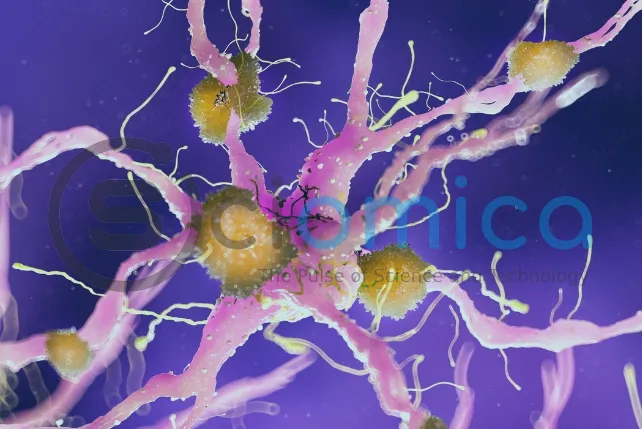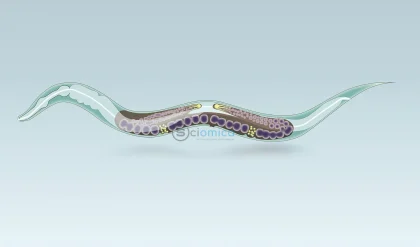
Every three seconds, an individual around the globe develops dementia, with Alzheimer’s disease representing 60% to 70% of these cases. Despite advancements in scientific understanding, there remains no cure for this debilitating condition, a reality complicated by the multiple causes behind Alzheimer’s disease, many of which continue to elude researchers.
Central to the understanding of Alzheimer’s are two proteins, amyloid-beta and tau. Amyloid-beta creates sticky plaques on the exterior of brain cells, hampering neuronal communication. Conversely, tau proteins accumulate within brain cells, forming tangles that lead to cell death. These plaques and tangles are pivotal hallmarks of Alzheimer’s, leading to the long-standing amyloid hypothesis that has influenced research and treatment methodologies for decades.
Recent developments in treatment have included the approval of monoclonal antibody drugs aimed at clearing amyloid from the brain. However, these therapies are only effective in the early stages of the disease and do not reverse existing damage. Moreover, they primarily focus on amyloid-beta, leaving tau proteins untreated, which may exacerbate the disease’s progression.
In a surprising turn of events, recent research reveals that a protein derived from Helicobacter pylori, the bacterium primarily associated with stomach ulcers, can inhibit the toxic accumulation of both amyloid-beta and tau proteins. This discovery could potentially pave the way for novel treatment strategies against Alzheimer’s disease.

Initially, researchers were focused on how H pylori interacts with other microbes, particularly within protective communities known as biofilms that utilize amyloid assemblies as structural supports. This led to the hypothesis that H pylori might influence human amyloid assemblies as well.
Investigating a known H pylori protein, CagA, researchers discovered that while one portion of the protein induces harmful effects, another, known as the N-terminal region, demonstrated protective properties. This N-terminal fragment, CagAN, showed remarkable capabilities in reducing both bacterial amyloids and biofilms.
Encouraged by these observations, researchers examined the potential of CagAN to inhibit human amyloid-beta protein buildup, with promising results indicating a significant reduction in amyloid clump formation. Further investigations identified that CagAN also blocked tau aggregation, hinting at its multifaceted role against various pathogenic proteins involved in Alzheimer’s.
Potential Therapeutic Pathways
The findings suggest that bacterial proteins or specially formulated drugs derived from them could provide a future alternative for blocking early signs of Alzheimer’s disease and potentially other conditions caused by toxic amyloid aggregates, including type 2 diabetes and Parkinson’s disease.
Although these breakthrough results currently stem from laboratory research without animal or human trials, they signify a potential paradigm shift in our understanding of interactions between certain bacteria, like H pylori, and neurodegenerative diseases. Some observations hint at a complex interplay wherein parts of H pylori may inadvertently interfere with Alzheimer’s developmental pathways, sparking the need for reevaluation of how we approach microbial infections.
Future studies will maximize efforts to further elucidate the binding mechanisms at play, and as precision medicine evolves, the approach to H pylori treatment may pivot from complete eradication to a more nuanced understanding of the bacterium’s potential benefits alongside its known dangers.
Gefei Chen, Associate Professor, Karolinska Institutet






